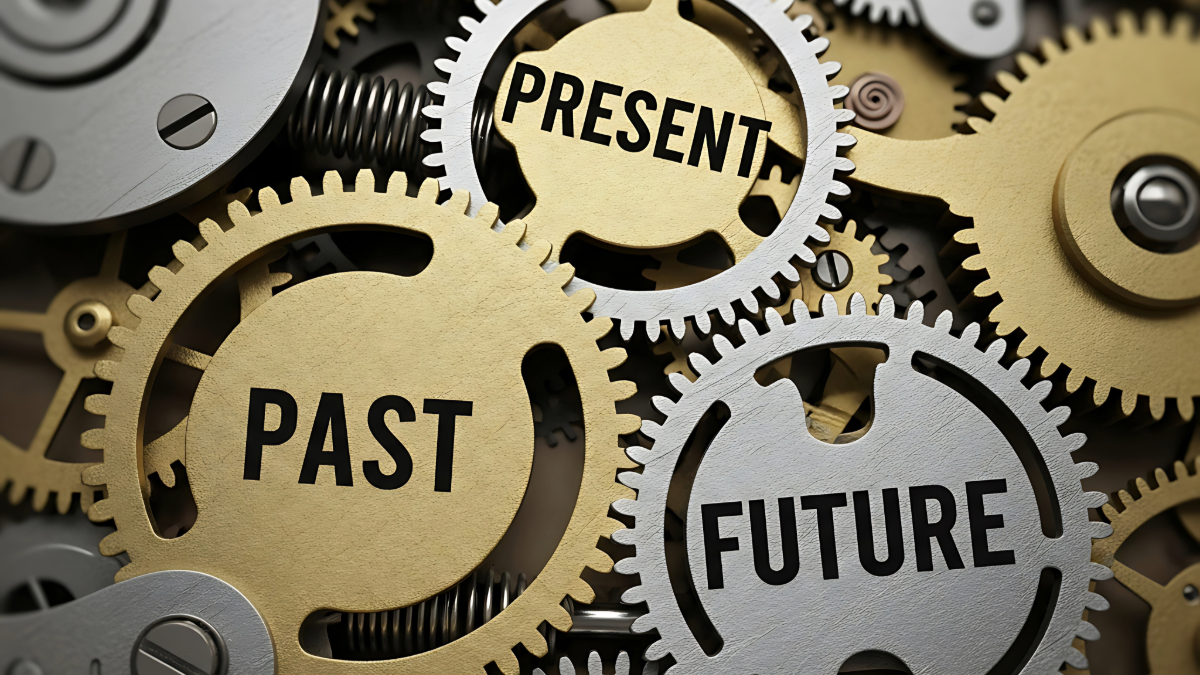The past few years have seen an explosion of workplace mindfulness programs (even before the pandemic knocked us all for a loop). With outcomes both promising and proven, it’s no wonder that the likes of Google, Apple, Nike, JP Morgan and General Mills have invested in the belief that corporate mindfulness improves workplace wellbeing.
The evidence supports the story. Studies show that mindfulness at work improves engagement in divergent thinking and increases resilience and the ability to lead in complex contexts. At the individual level, meditation has been shown (over and over) to improve empathy and compassion and to boost the immune system by neutralizing stress.
Dan Siegel, MD, UCLA professor and expert on meditation and consciousness, explains that an effective meditation practice cultivates our capacity for being aware, increases the quality of life and strengthens the mind. The mind is both embodied and relational, requiring integration internally with the body and externally with other individuals. “Presence allows us to facilitate the natural integration of a system,” he adds, helping us to connect more effectively to the ideas and possibilities of others.
But meditation is widely practiced as a solo sport. Even when done together, we retreat into our own selves, focus on our own breathing, and calm our own monkey minds.
What if the individual attributes of meditation and mindfulness were something we could do not just simultaneously but together?
Reflection Point is a powerful tool to do just that.
Like meditation, Reflection Point develops the skills to see things differently. As one participant expressed, “Most of the time, whatever your beliefs are, you’re pretty set in your ways. When you get different interpretations, it can open you up to look at things differently than you normally would.”
In a Reflection Point program, a group of colleagues step back from day to day job pressures and workplace power dynamics to explore a story together. The story – by definition – creates distance, an oblique approach to explore challenges from a different, more objective perspective. It invites you and your colleagues to challenge your reactions or paradigms and to take in new ideas through the interpretations of others.
“It opens your mind to other things,” remarked another Reflection Point participant. “It takes you away from all the craziness that’s going on in your division, in your department. And it allows you to think creatively. I found that when I would come back after Reflection Point, I would be refreshed.”
Meditation does this, yes, but Reflection Point allows colleagues to do it together.
Reflection Point creates the conditions for colleagues to see each other and their interactions in different ways. Interestingly, the program’s outcomes parallel Siegel’s concept of mindsight or the “human capacity to perceive the mind of the self and others.” In Reflection Point, colleagues at all levels practice questioning assumptions, listening to different voices and connecting to new ideas. They see each other anew.
This opportunity for questioning, listening and connecting – like training the mind – develops the collective skills needed for openness, observation and objectivity. These elements of a mindful, human-centered organizational culture provide the collective immunity to burnout in the face of rapid change and uncertainty.








